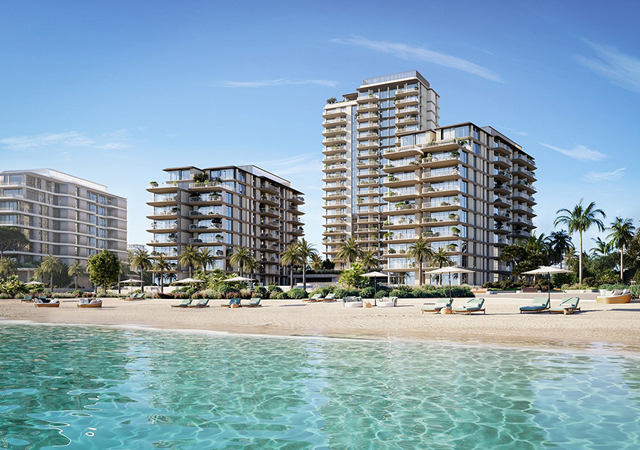

The introduction of BS EN 14024 ‘Mechanical Performance Require-ments for Metal Profiles with Thermal Barriers’ slipped in unnoticed by many within the industry, effectively entering the market “under the radar”.
This standard did not replace any previous ones and as such there is little to compare it with. It does, however, deal with an important and largely unnoticed issue of the effect of thermal breaks on the structural performance of windows and curtain-walling sections.
Historically, the general consensus on the structural effects of thermal breaks has ranged from the assumption that the insertion of a thermal break would not affect the structural performance of the window, to making some form of allowance for the effect of it without necessarily understanding the reason.
In the past, when thermal breaks were smaller and made of more rigid materials such as the pour-and-fill resin type, the effect of the thermal break on the structural strength of the section was minimal. Today, however, as we strive to achieve better U values, thermal breaks are getting larger and their effect on the structural strength of sections is becoming more significant.
In today's industry, it is common to use glass-reinforced nylon thermal-break sections that can be up to 30 mm deep and this makes the situation somewhat different. To understand this more fully, we must consider the way the thermally-broken section is constructed.
Generally, there is an external and internal extruded aluminium section with the thermal-break section being slid into grooves and crimped into position by means of rolling the section through specifically-designed machines.
When bending a combined set of profiles, a degree of shear stress is caused at the joints between aluminium and thermal break. To this end, there are a number of important production-based techniques that improve the shear strength of these joints. The issue is not that of slippage of the thermal-break strip in the jaw of the aluminium profile – as some people might believe – but that of distortion of the thermal-break profiles themselves by virtue of their relative lack of rigidity in relation to the base material, aluminium, when combined. If slippage does occur, this is a far more serious problem to deal with.
Engineers used to applying a single Ixx value to a bending equation to predict the deflection of a mullion or transom may need to reconsider. The Ixx value will vary due to the load-induced deformation of the thermal break. The good news is, however, that this variation only occurs with the span of the bar between relative fixings to the building structure and, therefore, does not significantly complicate the business of calculating mullion and transom deflections. The real challenge is to obtain the relevant “equivalent” Ixx values for the main structural composite sections being used.
The process of calculating the “effective” Ixx for an individual section is now covered in much more detail in the BS EN 14024 document than this article will allow. However, the effect Ixx has on a particular section is interesting. For a fairly rigid curtain-walling section with a span of 3 m to 4 m, the effect may not be too serious. Typically the values might be as show in Table 1. The effect becomes more noticeable when lighter window sections are considered (see Table 2).
From this analysis, we note that the smaller sections that are generally only required to span up to 1.5 m to 2 m will perform up to less than 80 per cent of their monolithic capacity, compared with about 95 per cent for the curtain-walling sections. This demonstrates that the effect will be more significant on window sections than on curtain-walling sections.
It is essential, therefore, when evaluating the performance of thermally-broken sections, that there is a full understanding of the basis on which the Ixx value has been calculated.
In conclusion, it is important that engineers involved in assessing the capability of window sections fully understand the implications of the thermal break, otherwise the deflections of these frames are likely to be more excessive than otherwise expected.
However, manufacturers of curtain-wall sections with screw-fixed pressure plates generally publish Ixx values for the structural mullion/transom box section only and are therefore not affected by the above.
* Brital was initially established to design and market aluminium curtain walls and facade systems in the Gulf countries. The UK-based company has at its disposal some of the most experienced facade designers in Europe. Over the past decade, the company has grown significantly to the point where the product line it offers encompasses all types of facade solutions ranging from doors and windows through to structurally-glazed curtain wall systems, with all the systems available in both thermally-broken and non thermally-broken versions.



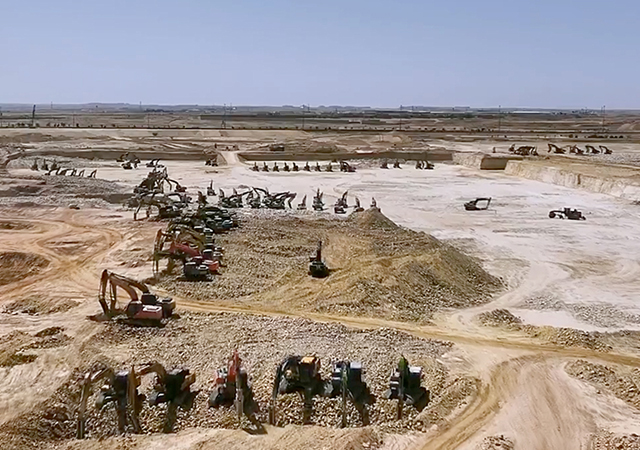






 BIG.jpg)
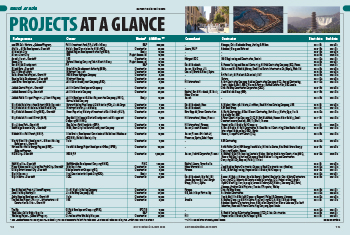
.jpg)

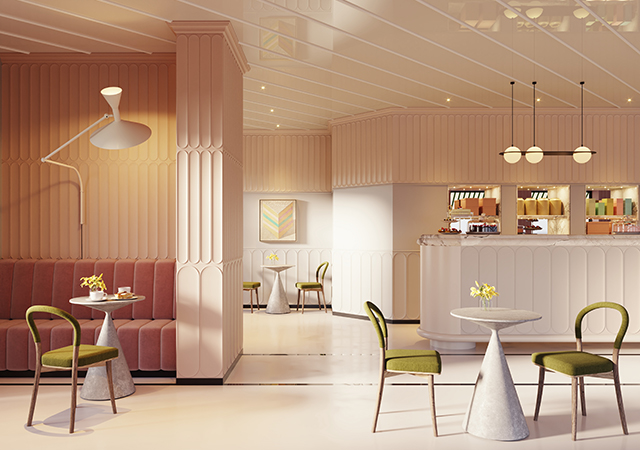
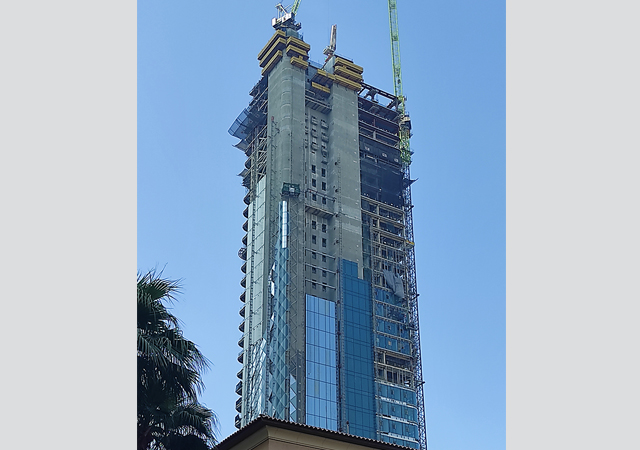


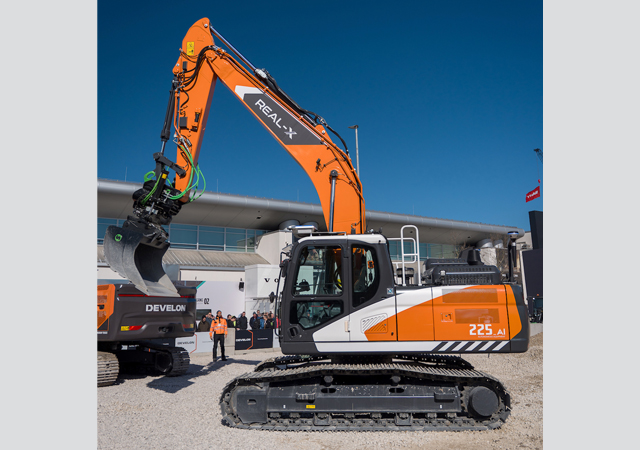




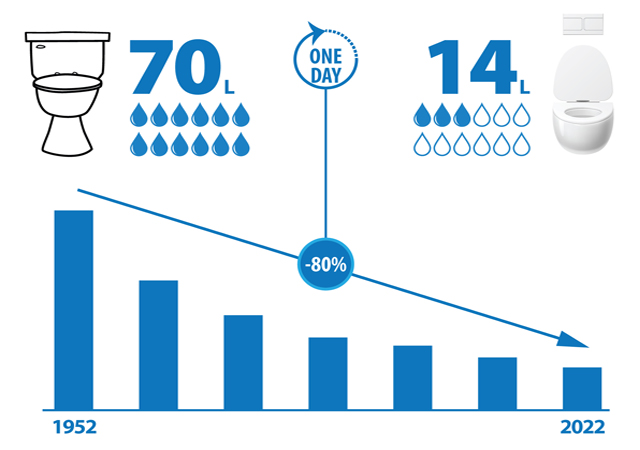


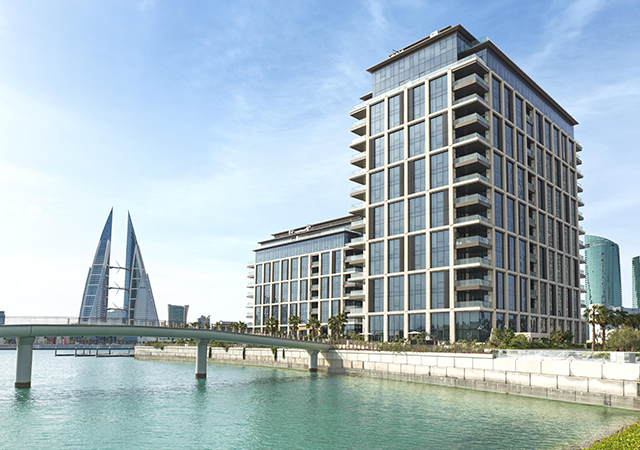




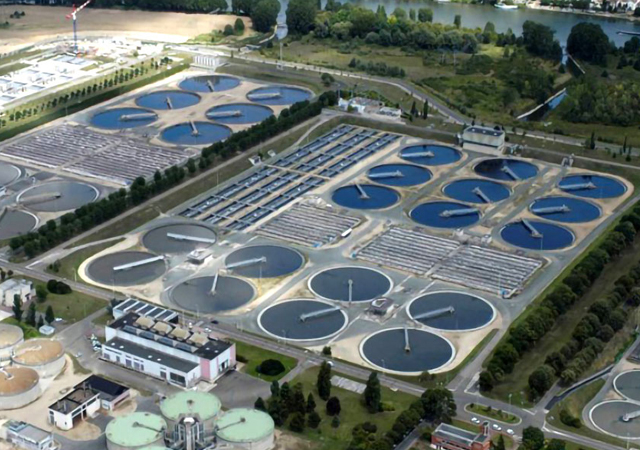




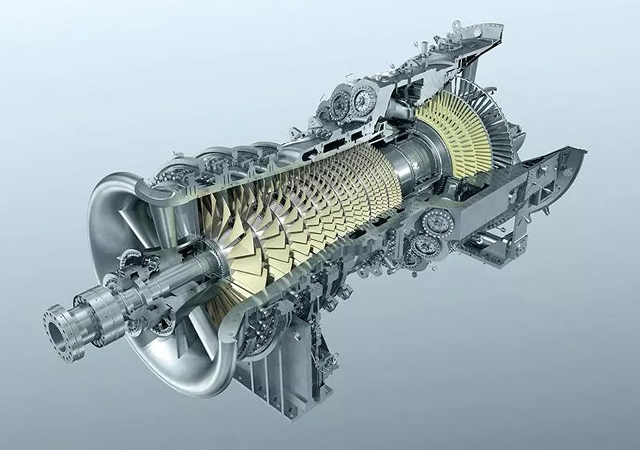

.jpg)







